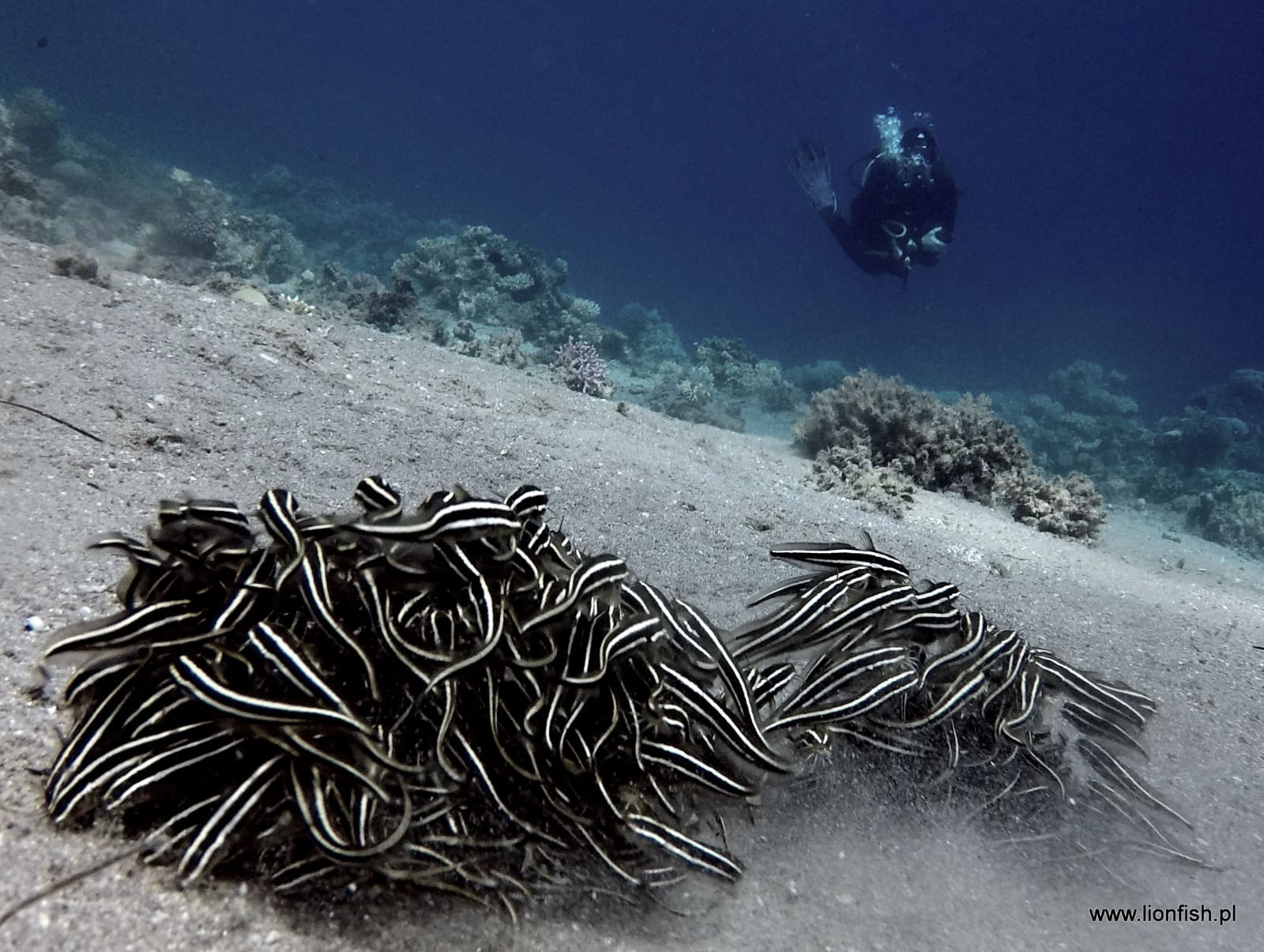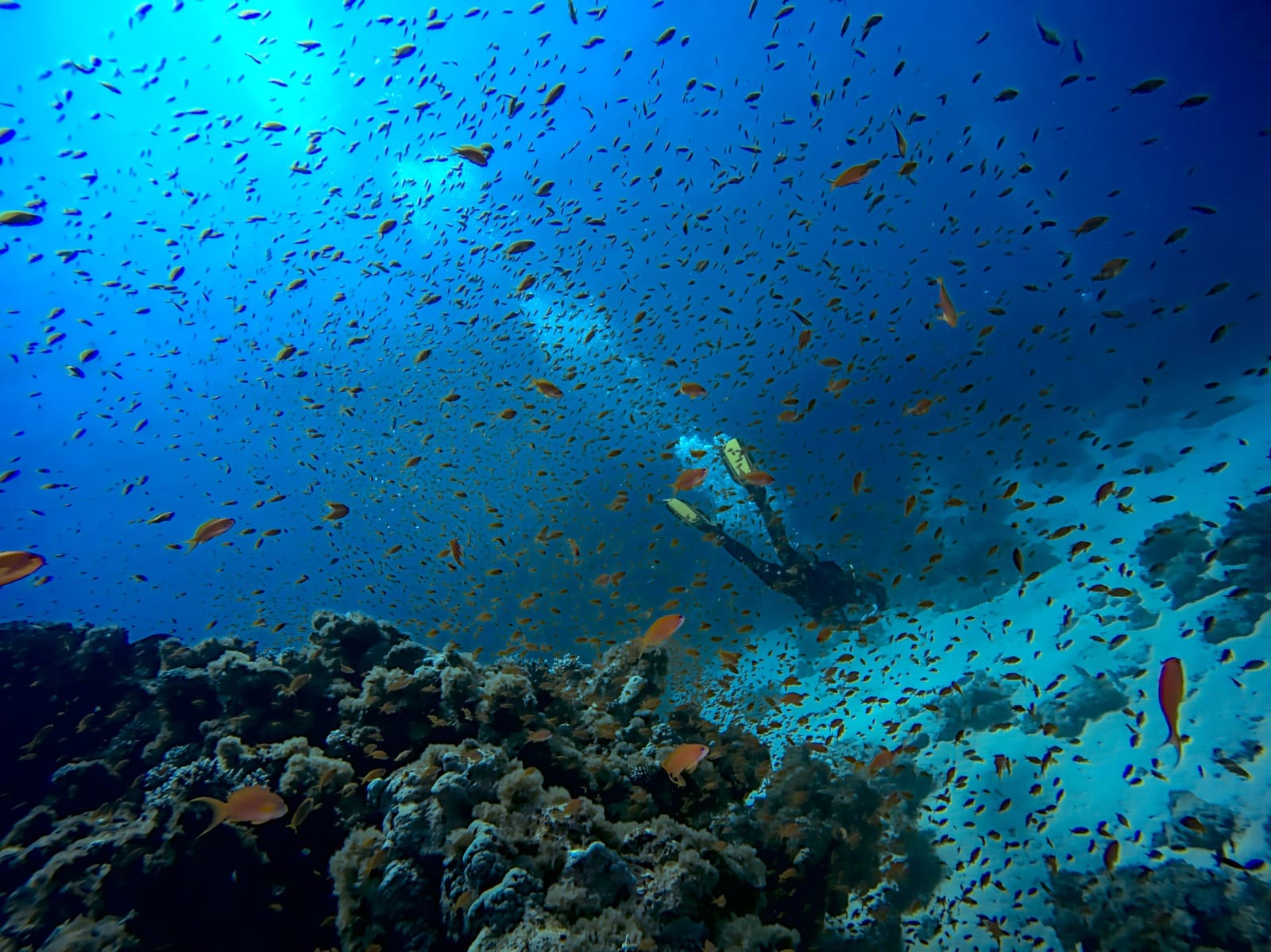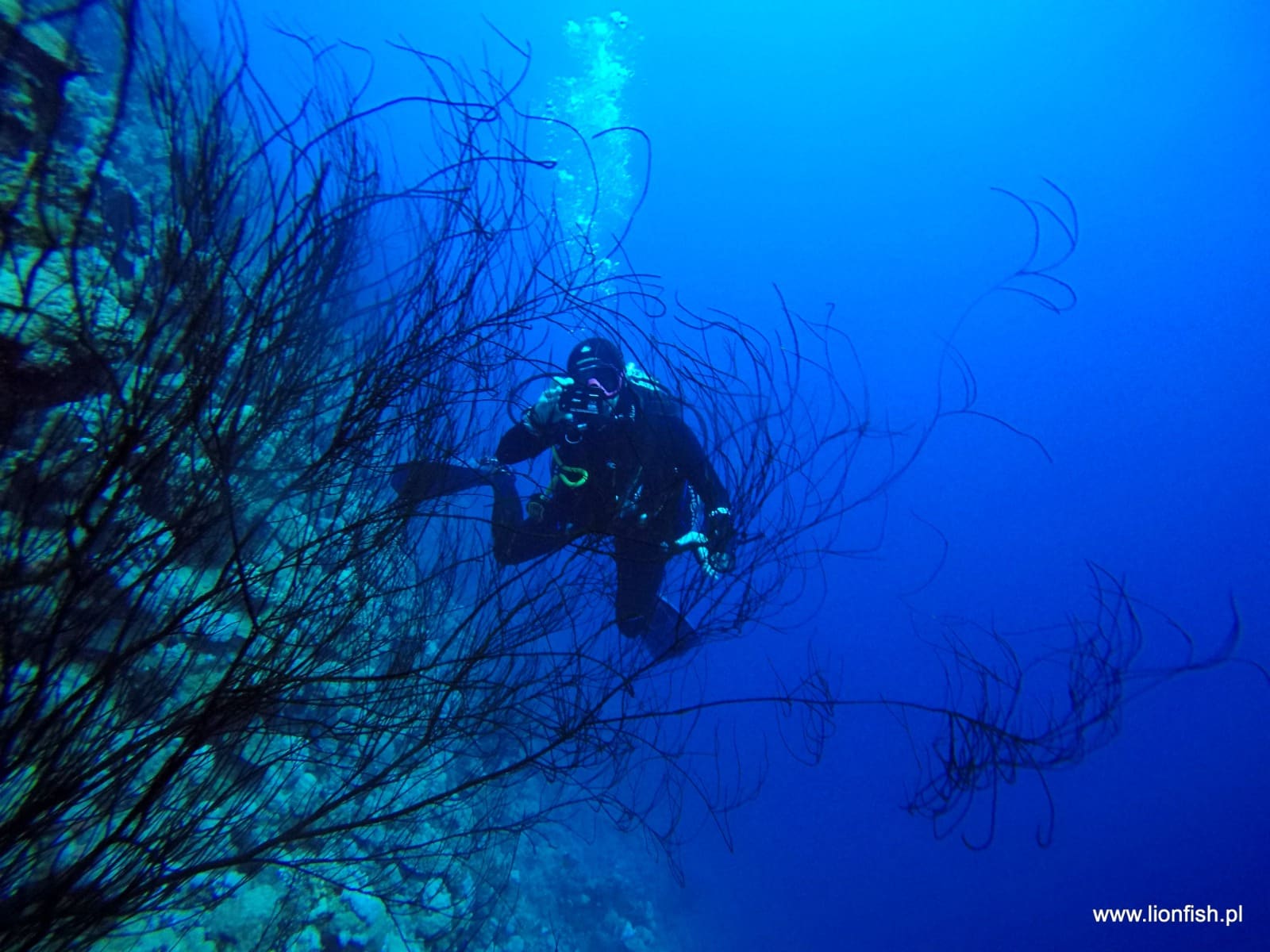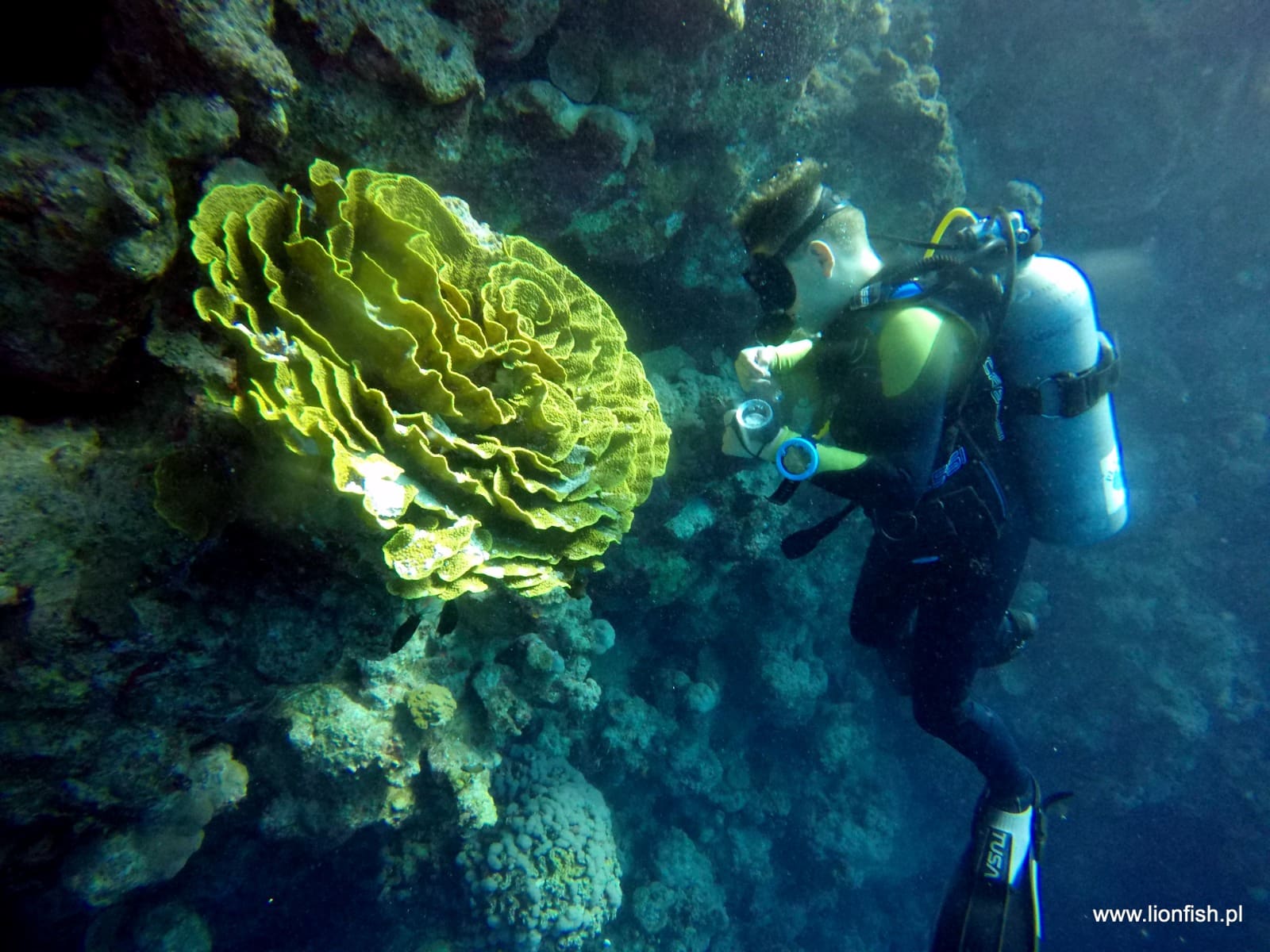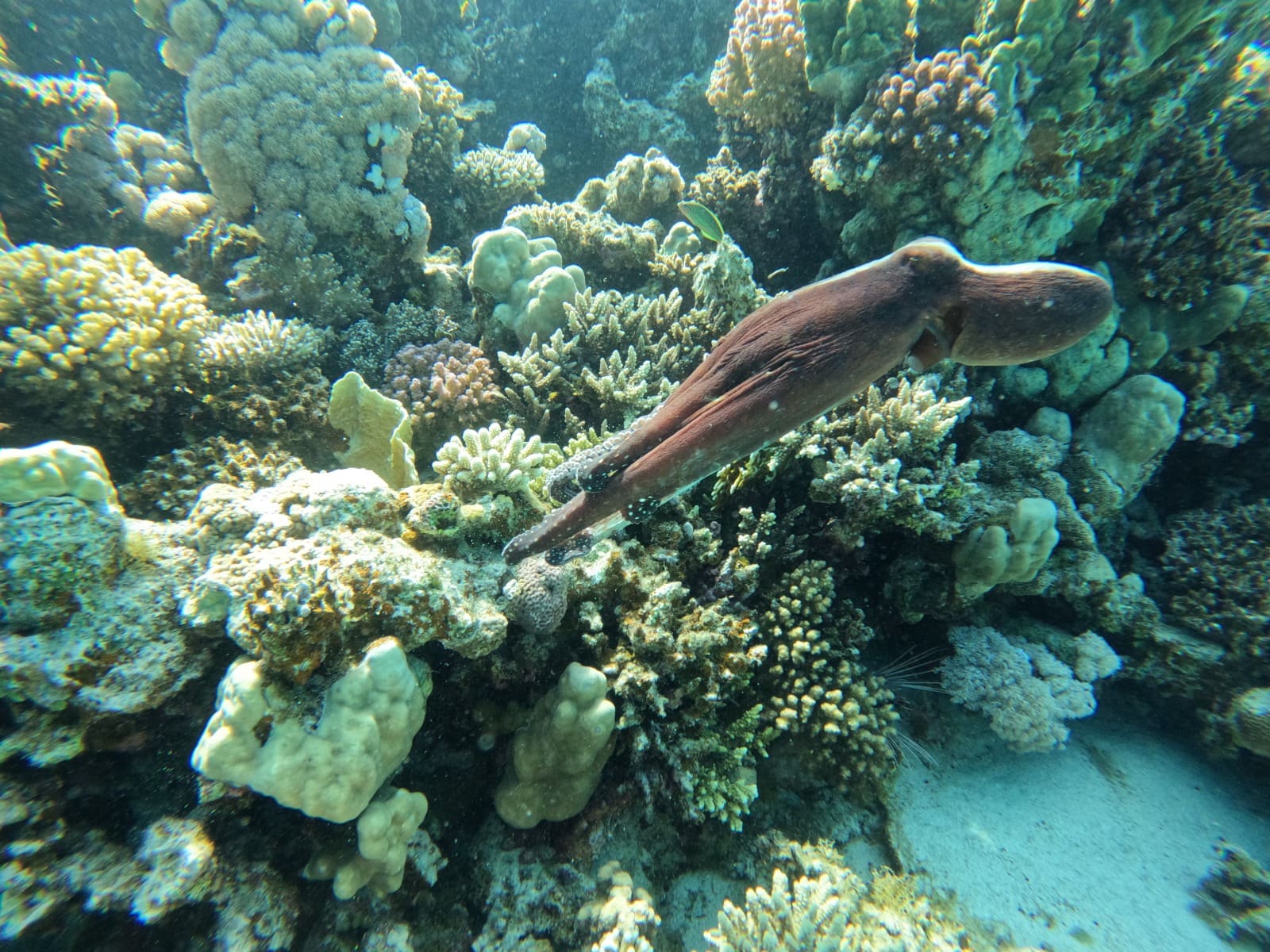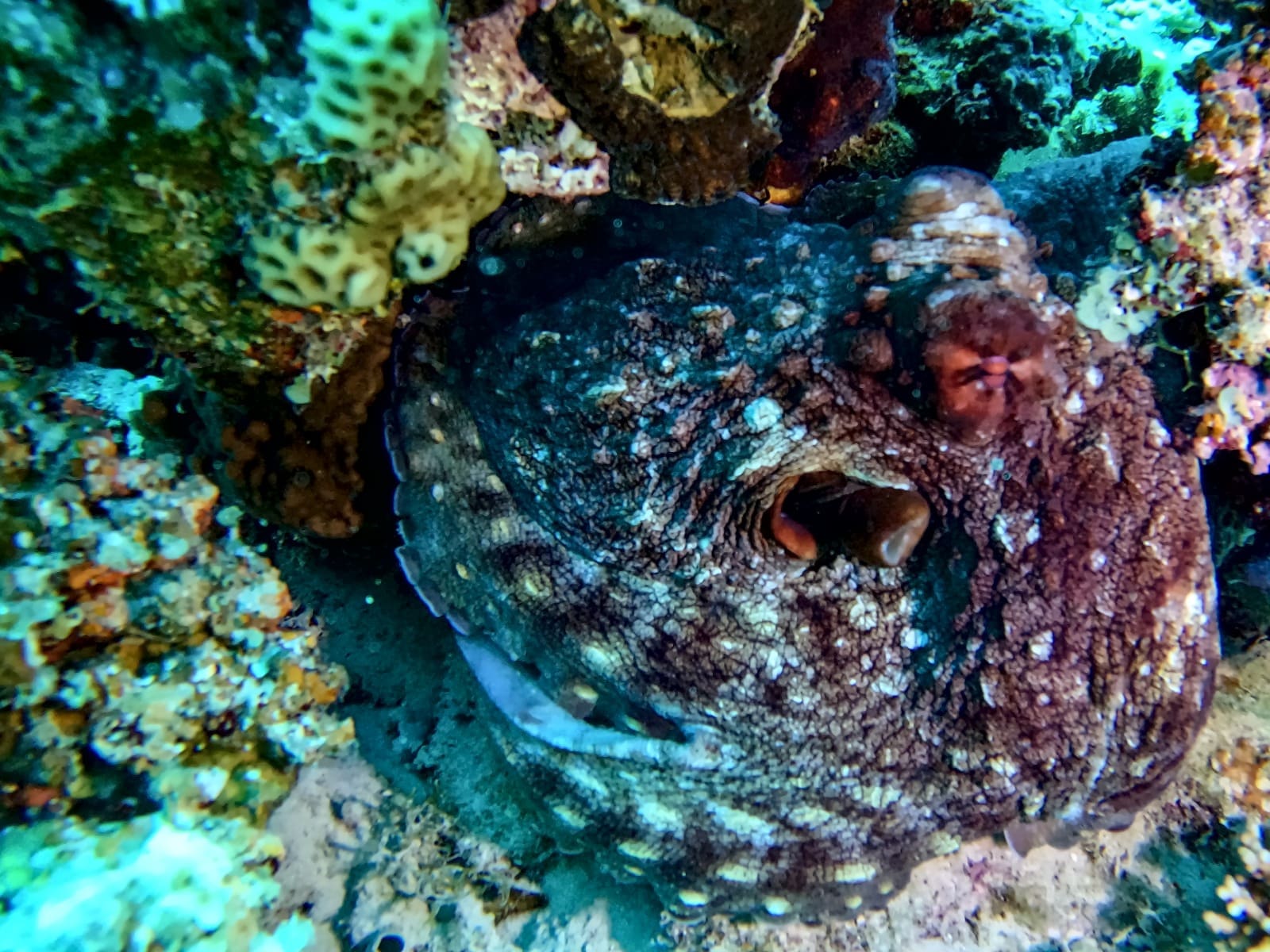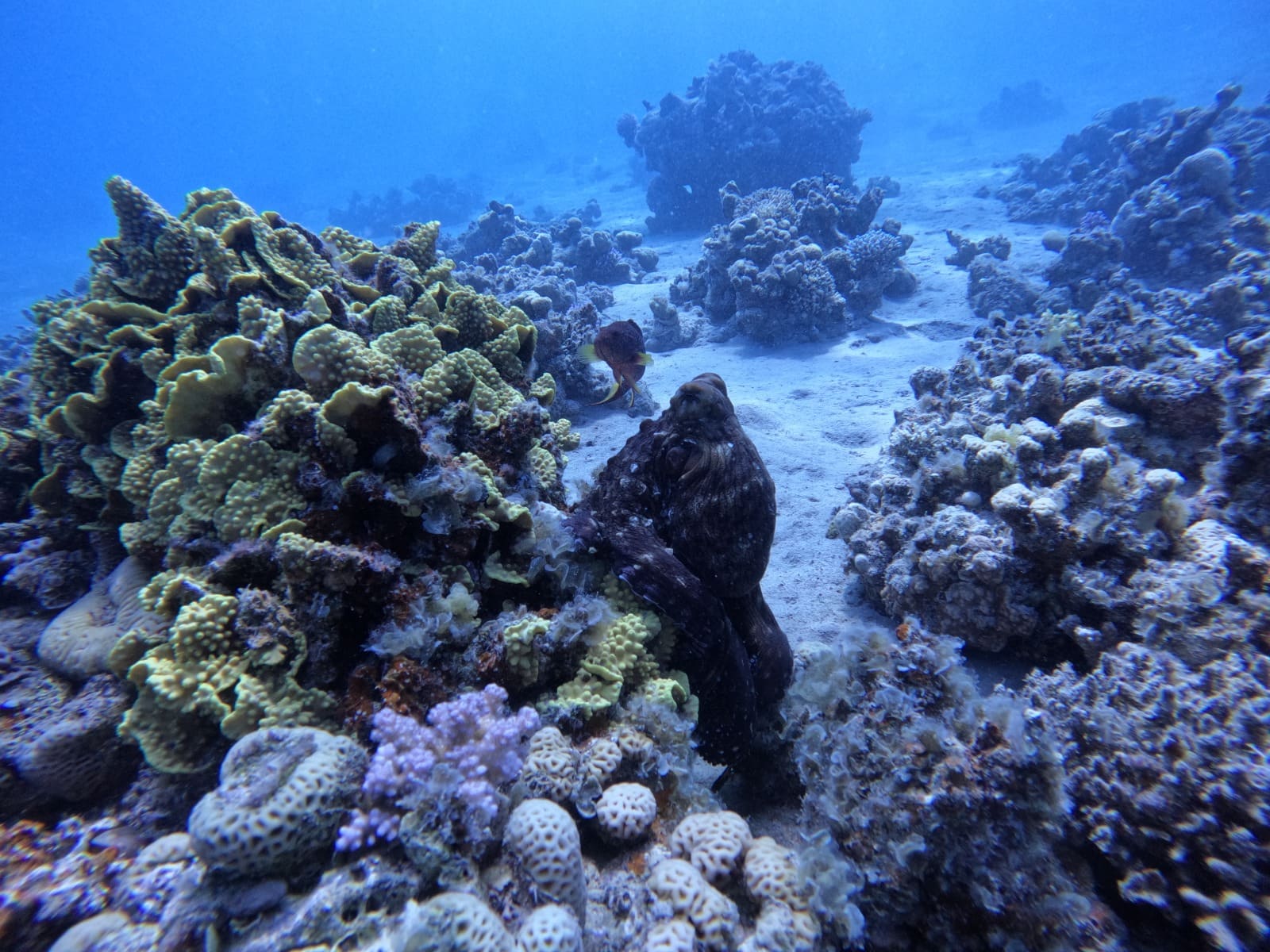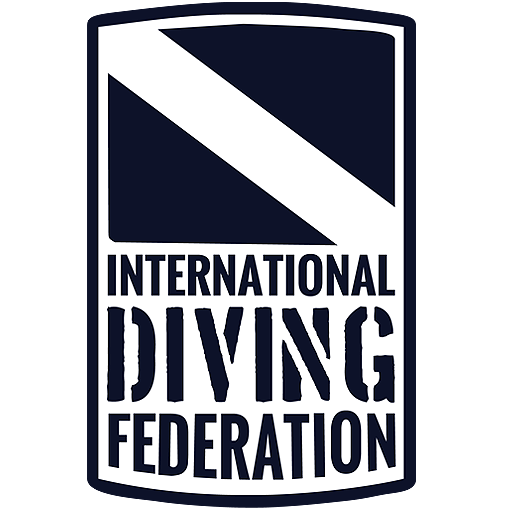Located between high mountains with the color of copper and ochre, the golden desert and the blue waves of the Red Sea, the tiny Bedouin village was discovered by hippies arriving in Sinai in the 1960s. Today it is one of the most cosmopolitan cities in Egypt. A melting pot of cultures, religions and nationalities. Since the 1990s, divers, freedivers and surfers have also fallen in love with this place, flocking here all year-round from the farthest corners of the world.

We planned to spend here the first week of vacation, with a group of daredevils who were not frightened by the high temperatures. Upon arrival, it turned out that yes, is hot here, but the wind from the sea makes you not feel it and it is very pleasant.
A cobblestone-lined seaside promenade runs the entire length of the city along the shore, with one side dotted with atmospheric, colorful eateries where cuisine from around the world is served, and the other huddled with small hotels, stalls selling souvenirs, herbs, cosmetics and handicrafts, cafes and dive bases.
It is very hot in the summer. Temperatures reach as high as 40 degrees Celsius. That is why the streets come alive only after sunset. On the promenade, crowds of people walk along the sea, all the pubs are full of guests, the bustle of conversations in many languages echoes around, children laugh on bicycles, music and laughter can be heard everywhere. Tomorrow is our first day of diving.
DIVE SITES IN DAHAB
LIGHTHOUSE
We get up at eight o’clock. We have time for a leisurely breakfast on the “Planet Oasis” rooftop. While eating, we have a view of the sea and Dahab. The sun shines through the openwork cover and the sea breeze blows our hair. A breakfast idea worthy of a Nobel Prize! After such a start of day it can only get more beautiful and fascinating! After breakfast there is still time for coffee, and then we meet our dive guides at the base. We planned our first dives at the “Lighthouse”. This is where all dive groups do their check dive. We check buoyancy and set up proper amount of additional weight, our guides assess the skills of the people they will be diving with over the next few days. They need to get to know the group they will be taking care of underwater. We get dressed in our gear at the dive base, right next to the hotel after which we walk through the boardwalk and pub straight into the water.
We swim slightly down and to the right. At about a depth of 3 meters, the bottom begins to sink faster. We enter over an area covered with green short sea grass. Sometimes you can see sea turtles grazing there and giant schools of glassfish. There are a lot of white-silver fisticuffs swimming here, some of them reaching considerable size. Their length can reach up to 1.5 meters. At the bottom, colorful parrotfish feed on tiny corals, elegant mouthfish swimming in pairs, characterized by a flat body and forward protruding muzzle. After reaching a depth of about 10 meters, we reach an underwater obstacle course, built here especially for divers learning buoyancy. Floating in the depths are: circles, squares and triangles, and ladders arranged in increasingly complex shapes, challenging for beginners.
Below underwater obstacle course are sculptures made from all sorts of objects. The most famous is the elephant, which was made from scrap metal found at the bottom of the lagoon during a world cleanup campaign. It is huge! It reaches the size of a real elephant. These sculptures are becoming overgrown with coral. After exploring this underwater gallery, we find the first clusters of corals. How beautiful! Very shallow, just off shore, stretches a lovely coral reef, available for viewing both by divers and those swimming on the surface, only with mask and snorkel. Sunlight does not lose its colors at this depth, bringing out the full range of colors of corals and fish.
After a break of an hour and a half, we make a second dive. After a few minutes of calm swimming, we reach the place where the sand turns into a uniform wall of coral reef. This is a place suitable for divers of different qualifications and skills. It is common to see divemasters or instructors here guiding underwater people who have decided to try diving for the first time.
Diving Records: It might seem that Lighthouse would have nothing to boast about. After all, it is first and foremost place to “tap” for novice divers and bathing tourists. Well, imagine that the longest dive, entered in the Guinness Book of World Records, was performed here. In November 2020, Saddam Killany remained underwater here for 145 hours and 30 minutes.
CAVES AND MORAY GARDEN
Another day of diving. Two sites this time. In the morning, after breakfast, we pack our gear onto cars that take us south. After a 20-minute drive, we arrive at an expansive beach with palm leaf covered shelters spread out on the seashore, where we can order coffee, juice or something to eat and get ready to dive.
“Caves” are not caves, rather caverns, huge rock overhangs, under which you can swim to observe the creatures living in them. This is a very interesting dive. The method of entering and exiting the water is very different from all others. To make the dive feasible you have to wait for the tide. Then the water rises high enough to level the rock shelf from which we can enter.
Once we are in the water we immediately plunge to 3 meters, where we wait for the rest of the group. Below us stretches a gently sloping expanse of white sand. We head to the right and down. At about 5 meters, the smaller of the caves begins. So what? – you will say. A hole, just a hole… Well, turn on your flashlights! The whole cave explodes with colors. We watch the huge boulders lying there, covered with multicolored algae, schools of colorful fish swirl around us. We emerge at 7-8 meters and swim to the left. The second cave is larger and starts deeper, at 12-13 meters. Under the overhang we encounter many species of fish living there, soft corals, nudibranch snails and other creatures hiding from predators. After exploring the caves, we end the dive by making a safety stop. One by one we jump out of the water and pack our equipment on the car.
We return to the rest of the group waiting for us at a pub above Moray Garden. Here we do our second dive of the day. Moray Garden is a veritable coral garden, with thousands of fish, moray eels, turtles and octopuses. A beautiful dive site for both advanced and beginner divers.
ISLANDS AND EEL GARDEN
We bolt our equipment at the base and so prepared we pack it on the car. Dressed in marshmallows we drive to the site, where one by one we put on our equipment straight from the car. Our guide goes first. After a long while he stops and shows us a blue breach in the reef. Here we put on our fins and masks and one by one dive into a shallow cave, leading us through an underwater tunnel to the open water exit.
Islands is a beautiful reef garden. We dive between coral-covered hills, feeling like we are in a maze. The number of shapes, colors and species of sea creatures surrounding us makes you dizzy. One doesn’t know which way to look and how to do it so as not to miss anything. One would like to have eyes around the head. What a beautiful view!
Hard fire corals, horn corals, grape corals, mesh corals and spherical corals. Soft corals like corkfish and bucket corals. Starfish, sea urchins, sea urchins, millipedes, gorgonians and snakeheads, snails, sponges, anemones. Among them, flounders, needlefish, naysayers, blowfish, turtles, and tremblers are busying themselves in some errand of their own. On the bottom watch for mangroves, among the reefs hide giant moray eels, echinoderms, wings and scorpionfish. Yellow-black clownfish bravely defend their homes in the anemones, swift mackerel and mackerel swim somewhere with urgent news, parrotfish and lanternfish graze peacefully. In pairs stroll the pallets dressed in colors and patterns. All this is encircled by shoals of barracuda, hagfish, snappers, mullet and others floating in the depths. It is impossible to list all the species, different colors and shapes that inhabit this underwater paradise. It’s like hiking through a rainforest. We leave by the same path we entered. After a 1.5 hour break, we plan another trip. This time we take Eel Garden as our destination.
CANYON
The canyon is another great dive site around Dahab where we will do the first dive of today. The group of beginners will stay in a safe sandy lagoon surrounded by a reef, while the rest of the divers will swim through a shallowing in the reef, then to the left, to the place where a 30-meter deep entrance to the Canyon opens up at 18 meters. The bottom of the cleft is covered with white sand and its walls are overgrown with coral. The view is breathtaking. Above us, somewhere far above, we can see the sunlit surface of the sea. All around us the bright walls of the Canyon narrow with its course into a narrow, almost closed tunnel, through the ceiling of which the sun’s rays fall. Shoals of red fish swim around. Below us, white as flour sand. Pure magic.

The Advanced group stays there, they are not allowed to swim to greater depths. Divers with Deep privileges are allowed to swim along the canyon up to a depth of 40 meters. They will only stay there for a minute, maybe two. At this depth, the no-decompression time runs out very quickly. Further way into the cleft is available only to divers with technical privileges.
Diving Records: the Canyon also has a history in records. It was here in 2012 that Ela Benducka set her personal record and also the Polish record in women’s deep diving, reaching a depth of 191 meters. The current women’s world record belongs to Karen van den Oever with a depth of 236 meters, reached in 2021 in South Africa’s Boesmansgat Cave.
BLUE HOLE AND THE BELLS
One of the world’s most famous dive sites. Discovered by the famous traveler and pioneer of aerial diving Jacqes Yves Cousteau during his first research expedition conducted in the Red Sea in 1952-1953, it is a well in the reef, measuring 60 meters wide and about 130 meters deep. At a depth of 56 meters, a huge arched passage, known as the Arch, opens up, leading to the open sea. On the other side, the depth of the bottom reaches up to 400 meters.
Despite the great depths, recreational divers also love the Blue Hole. Two interesting routes can be made here that do not require descending to the very bottom of the well. The first leads from a place called The Bells at a beautiful reef-covered vertical wall to the Saddle at Blue Hole.
It is important to remember that the Blue Hole is a place that does not forgive bravado and exceeding one’s own skills and powers. Unfortunately, both the Blue Hole itself and the world-famous Arch tempt many adventure lovers to reckless and dangerous behavior, which not infrequently ends in a decompression chamber or worse, attaching another plaque to the “memory wall.”
We enter the water and one by one, 15 seconds apart, plunge into the depths. We fly down watching the colorful boulders surrounding us. Every now and then one of the divers hits them with a cylinder, which makes a sound reminiscent of “bim bom” bells. It is already clear where the name of this place came from. The Bells – Bells. We stop the descent at the depths our authorizations allow. Juniors at 10 meters, OWD at 20 meters, Advanced divers can drop all the way down to 30 meters and there swim out of the Bells under a thin rock arch suspended over the reef.
During the dive we can admire the beautiful wall covered with hard and soft corals in all colors of the rainbow. In the midst of them millions of tiny colorful fishes are dodging. On the left, the great blue opens before our eyes. Unlimited dark blue space from which until our head spins, and the vagus begins to go slightly crazy. In the depths we can observe larger predators, not uncommon are encounters with schools of silver barracuda or huge tuna. Somewhere in the distance orcas swim gracefully and the lucky ones have even seen dolphins here. Slowly at decreasing depth we reach the Saddle, and then enter the middle of the Blue Hole. Without changing depth, we swim around the well near the wall. Here we also observe corals, fish and moray eels living in it. In the middle of the well, ropes drop down into the depths, at which the graceful silhouettes of freedivers move. We reach a small rocky exit. We emerge right next to our restaurant, where, after removing our equipment, we can order juices, coffee or something to eat. A 1.5 hour rest before our next dive awaits us.
The second route, which assumes a slightly shallower dive, also leads through the Blue Hole. We dive to a maximum of 20 – 25 meters to observe the underwater life. In addition to the fish living among the corals we meet here huge moray eels, peacefully grazing turtles, curious, color-changing octopuses.
Diving Records: the Blue Hole is also a place known for Guinness records in deep diving. Krzysztof Starnawski, who dived to 283 meters on closed circuit in 2011, and Nuno Gomes, who set records of 270 and 318 meters on open circuit in 2004 and 2005, set their records here.
This post is an abridgement of the full report found at www.lionfish.pl , we encourage you to read it in full.
About the author:

Anna Paszta – Pharmaceutical Process Technologist by education, salesman by profession, diver and traveler by passion. She has been diving since 2011, and for the past 10 years as a professional she has been infecting the next generation of lovers of the deep sea with her passion.
Initially, she worked in dive centers as a divemaster and instructor, and in 2015, together with her husband, she founded her own diving school “Lionfish” in Pruszkow near Warsaw. Since then, she has completed hundreds of successful dive training courses and has taken many interesting trips to the farthest corners of the world with her students. She is most successful in initial training, and her hubby is working with diving youngsters.
Photos: Anna and Przemek Paszta

























